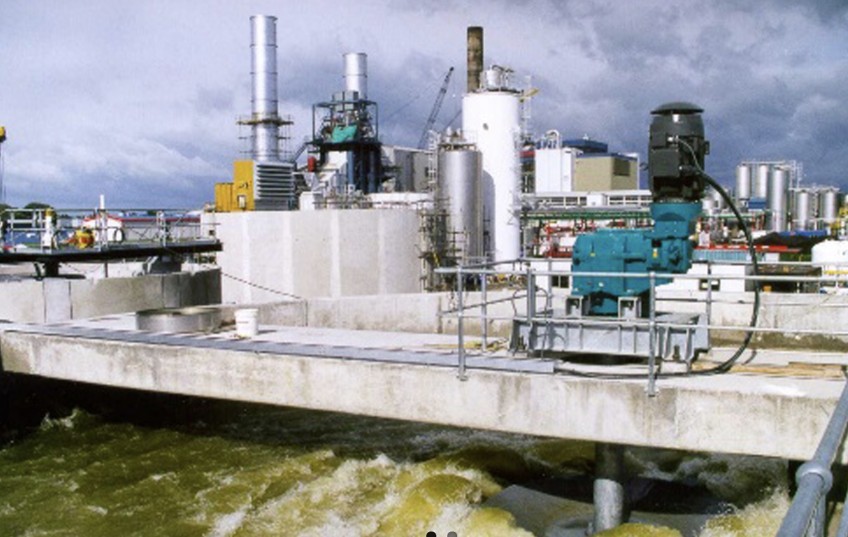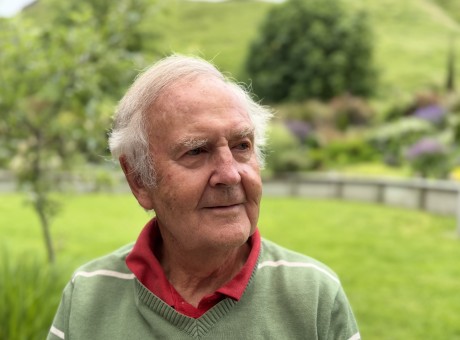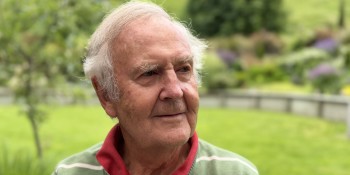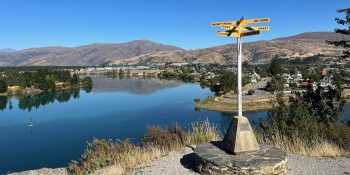Nitrogen exceeds consent at Wānaka wastewater treatment plant

Queenstown Lakes District Council has breached consent at its Project Pure Wastewater Treatment Plant in Wānaka.
In a statement the council said there had been some ponding of the disposal area, surface run-off from the site, and total Nitrogen within treated wastewater had exceeded consent requirements during recent upgrade works.
Mayor John Glover said he had asked the council to release the information about the failures.
“As many of you know, being proactive around releasing information, even when that is not good news, is very important to your new Council and accordingly I have asked for this media release to be made. As governors, we will need to review what has happened to fully understand why and especially in the context of regulatory compliance failures at Shotover and Hāwea treatment plants.”
QLDC General Manager Property & Infrastructure, Tony Avery said the council had been working to improve the efficiency and resilience of Project Pure by replacing aeration equipment in two older reactor tanks on site, an activity made possible by construction of the facility’s third reactor completed early 2024.
“There was always a risk that some parts of the facility’s treatment process would be negatively impacted while carrying out these significant upgrades. To reduce as much risk as possible, works were carefully planned to take place during low flow periods and operational teams implemented several mitigation strategies.”
Avery said despite the performance issues, upgrades at the facility were now complete and the quality of treated wastewater was starting to improve.
The council statement said the upgrades at Project Pure WWTP involved taking one of the older reactors offline for inspection and upgrades while the remaining two reactors continued to function. Once complete, it was returned to operation before the second older reactor was taken offline.
Work at the facility ensured all three reactors now feature the latest aeration technology, which is more efficient and reduces electricity consumption. The new aeration grids can be removed for inspection while reactor tanks remain in service, helping to safeguard the treatment process against future disruption.
Reactor-2 was upgraded in July 2025, and Project Pure operated on three reactors for a period to confirm performance before proceeding with Reactor-1.
However, while upgrading Reactor-1, higher flows from winter school holidays and heavy rain events placed strain on the facility’s biological treatment process while only two reactors were available. This led to treated wastewater exceeding the consent requirement for Total Nitrogen (an 80th percentile of 12 mg/l), periods where surface ponding occurred across the facility’s disposal fields, and surface run-off from the site during heavy rain at the end of October.
Biological processes used to treat wastewater rely on the establishment of a healthy collection of microbes to reduce organic and nutrient content within wastewater. When healthy, those microbes ‘settle’ and are not carried further along to other steps in the treatment process.
When these biological processes become stressed, those microbes do not settle as effectively, increasing organic and nutrient content within treated wastewater and contributing to blockages downstream in disposal fields.
Avery acknowledged ponding within Project Pure’s disposal fields would trigger comparisons to issues experienced at Shotover Wastewater Treatment Plant in the past, but assured the community the two disposal solutions were different from each other, and no long-term problems were expected.
“Project Pure’s fields have been operating successfully for approximately 15 years now, have more modest loading rates, and discharge through free-draining soils well above groundwater.
“We are investigating the effects of the recent events on the disposal fields and will keep the community informed as we learn more about any remediation activities required. With upgrades now complete at Project Pure and all three reactors operating, we’re already seeing the quality of treated wastewater improving despite biological processes needing several weeks to stabilise.”
The performance issues were raised to Otago Regional Council (ORC) immediately, and QLDC expects findings from its investigation shortly.

























